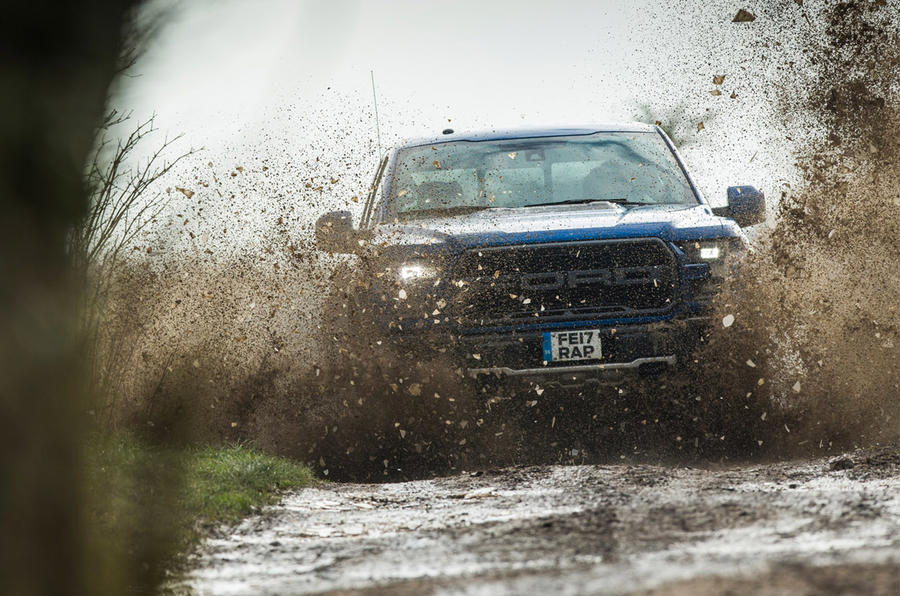
A Beginner’s Guide to Off Roading
So, you’ve invested in that 4×4 you’ve been wanting for a while, and now it’s time to take it off-road for some fun. But hold up. Before you take your vehicle off-road there is a number of things you need to know and prepare for in order to ensure the safety of passengers in the vehicle, and for the maintenance of the vehicle too.
While taking your vehicle off-road sounds simple enough, there are a number of steps to take to ensure you have a safe and enjoyable experience. That being said, taking your vehicle off-road should still be a fun and easy experience. Below, we’ve put together a list of all the essentials you need to know for safely taking your vehicle off-road.
Decide on a location
The first step for when you’re going off-roading is to decide where to take your vehicle. While you may have a number of remote places in mind, you don’t want to do anything illegal so it’s best to check where you can legally take your vehicle before starting out on your adventure.
The good news is that there are a number of online resources for finding the best off-roading locations. One of the best online databases to use is Green Lane Association which has a list of places you can legally drive when off-roading. In addition, they have several reps on hand who are able to advise you for just a small annual fee.
Alternatively, county websites usually also post a list of all the green roads in the area that you can go off-roading on. Be aware that it’s important to be able to read an off-roading map and understand the symbols and signs used to ensure you stay within the boundaries of the off-roading area.
Prep your vehicle
Where your vehicle may be geared up for off-roading, there are a number of preparations you will need to take when switching from driving on the road to off-roading. These include:
Tires
When driving across mud, rocks, or sand, you need to ensure you have a specific type of tire from all-terrain brands such as Yokohama to handle the different types of roads. Different tires are specifically developed to handle different environments, meaning you’ll need to work out where you are going before you know what equipment you will need.
Recovery Gear
While your trip will hopefully be smooth sailing, it’s best to be prepared for the worst-case scenario too. If you get stuck while off-roading, you will be incredibly grateful that you packed an emergency kit to help get you out of the mud – literally.

Some things to pack include:
- A patch kit
- Snatch straps
- MaxTrax traction pads
- Work gloves
- A headlamp
- A winch
- A jump starter
- A first-aid kit
Bring a buddy
Planning your off-roading adventure solo? It may be best to plan on bringing a buddy, preferably in another vehicle so you have the man/vehicle power if you need it. Off-roading involves a number of risks, such as running into an obstacle in the road, driving on tricky terrain that risks vehicle tipping, getting stuck in tricky terrain, or even getting injured.
By bringing a buddy, you will have a backup system in case anything goes wrong, as well as another mind to soundboard decisions off before you get stuck.
Know your vehicle
Knowing where you are going and what equipment you need is all well and good, but knowing your vehicle and the off-roading features it has is key to your success. A good place to start is to identify any vulnerabilities on your vehicle such as a loose exhaust, or what kind of cameras your vehicle has.
You can then form a plan for what the best type of terrain will be and how you will prepare your vehicle for it.
Overall, going off-roading is an incredibly exciting experience and one that should be fun and easy to plan. The key is to have some kind of plan and make sure you have the essentials in place, so you don’t have to end your trip early.




